

Max Davies
2026 Toyota HiAce review
5 Hours Ago

Publisher
CarExpert recently had a chat with the CEO of BMW M, Franciscus ‘Frank’ van Meel about the future of the high-performance brand and how it’s transitioning from its current line-up to the electric age.
Frank van Meel has been with BMW since 2015. In that time, he has seen the development of numerous M vehicles that defied the norm and went against tradition, such as the all-wheel drive M5, while continuing to advocate for the manual transmission, which makes up a substantial portion of sales for cars like the M2.
With the recent launch of the ostentatious BMW XM SUV, van Meel was also responsible for bringing hybrid power to an M badge, which is heading to the next-generation M5.

“We never do drive changes for just one car,” Mr van Meel told CarExpert when asked if hybrid power from the XM is expected to make its way to other M models.
“So for us, it was also let’s say the innovative new drivetrain concept for M, so that’s something we’re going to see in other cars as well. And I think it’s an open secret that you will find that in the upcoming new M5 next year.”
The BMW XM is powered by a 4.4-litre twin-turbocharged V8 plug-in hybrid powertrain mating a 145kW/280Nm electric motor and 360kW/650Nm petrol engine for total system outputs of 480kW and 800Nm.
This is likely to get a further increase when it finds its way into the new M5.
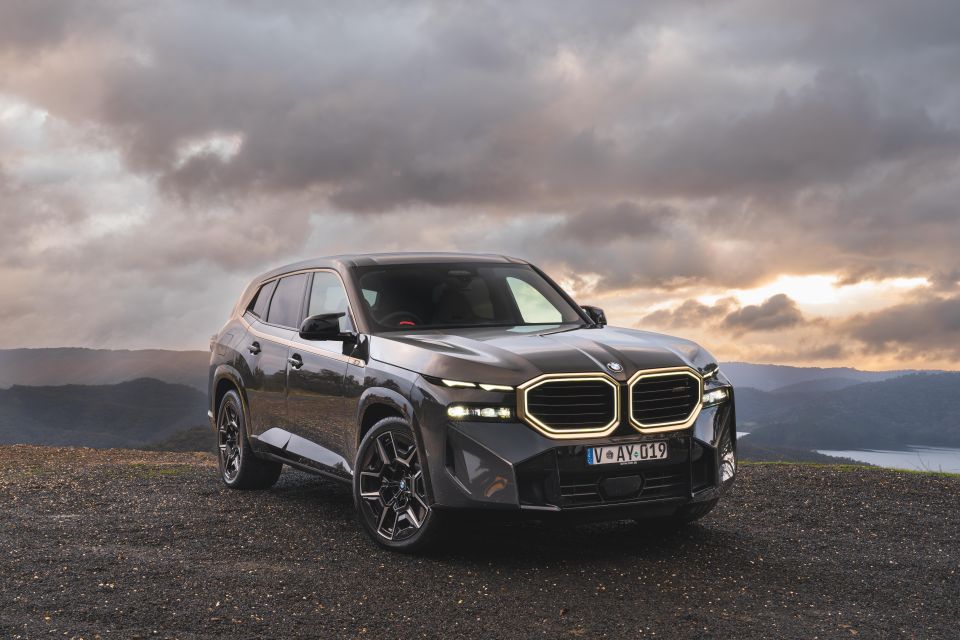
If you’re expecting BMW to adopt the same approach as Mercedes-AMG and start to downsize its internal-combustion engines and compensate with bigger batteries, Mr van Meel has good (and bad) news for you as that is not the approach BMW is taking.
“That’s not the way we see it because we want to have a strong base engine anyway. So, for us, going to smaller combustion engines in combination with bigger batteries would not be the right way,” he said.
“For us, then the step will be to go purely electric right away [instead of downsizing the engines]. And do that in a proper way.”
Speaking of electrification, BMW M is investing heavily in not just electrifying its entire M range, which it has already done with hybrids and full-blown EV M Performance cars (the ones made for the road like the i50 M60, rather than for the track like the M3/M4/M5), but is also creating track-focused pure electric models as well.
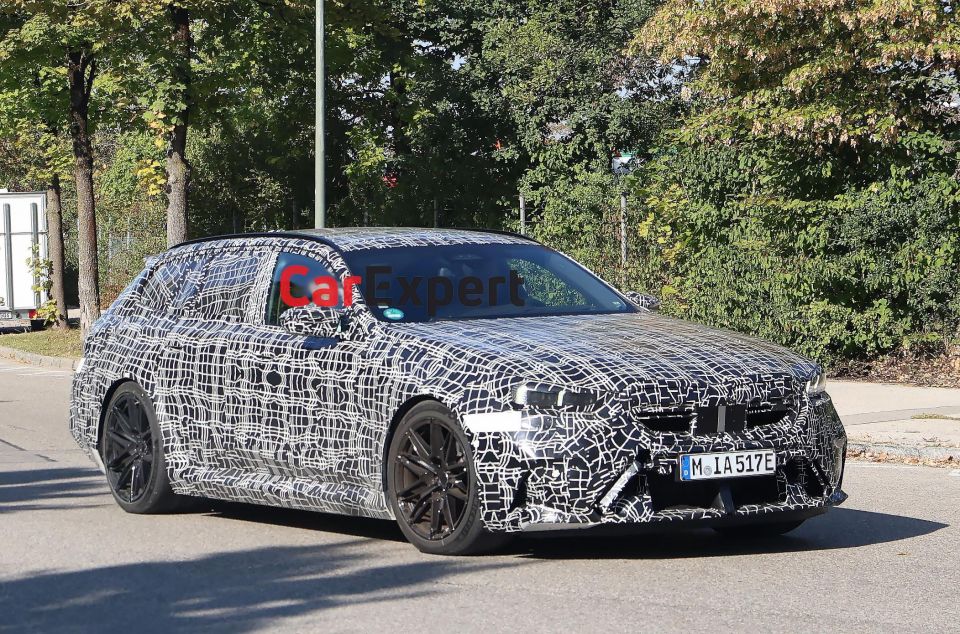
Nonetheless, Mr van Meel thinks the technology for a proper BMW M track car made on the track for the track is not yet ready for a pure EV.
“There is proper [EV] technology that we’re currently developing. But since it’s not in the market yet, that already shows that it is not completely ready right now. But we’re working on that,” he said.
“For future generations of M. Especially in the performance segment, we are already there, starting with the i4 (M50), which actually is our best-selling vehicle in the whole M line-up right now… but of course, it’s not a high-performance car yet.
“Because high performance means developing on the track for the track and that means continuous power output in a significant way. And also, every high performance car we make must be better than its own predecessor.
“If you look at the M3 Touring, or the M3, these are the benchmark right now, which actually is our own benchmark as well in regards to the next generation. So if that is electric, it has to be better than the current one. So that’s the reason why it’s not there yet. But we’re working on that.”
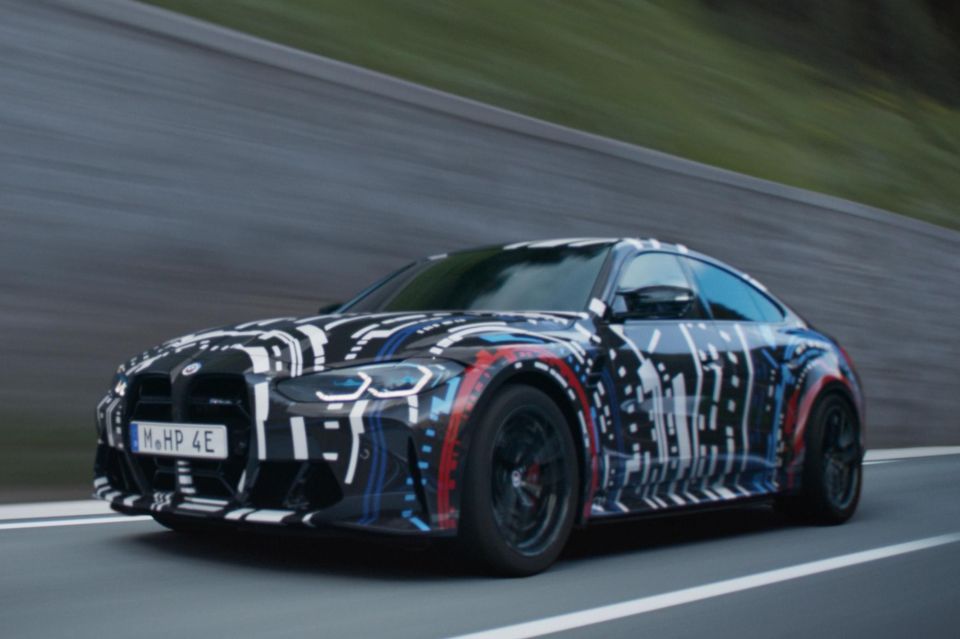
BMW M has track-focused pure EV prototype models running around at this very moment, making use of four electric motors. Mr van Meel says these are being co-developed for actual racing as well, which has very different requirements to a standard road car with certain levels of requirements.
“There is the continuous output that has to be there as long as possible, of course, which means not just 10 seconds or one minute,” he said.
“And in regards to Nurburgring Nordschleife, it has to do one or two laps at full speed, actually, then with the battery if you go, let’s say over 250 kilometres per hour, you won’t get any much further anyway. So that’s currently the restriction.
“I think that is very important to have a sustainable power output from beginning to end. And also to have sufficient range in the car. But of course, the base, the core DNA, is to have the typical agility, dynamics and precision that an M has and that comes from racing… and that’s why we are also working together with some regulators in the racing industry to find out which is the right concept for an electric GT racing car. Because we’re developing that at the same time right now.”

Asked if there had been any lessons learnt from the launch of the Mercedes-AMG C63 which replaced its much-loved turbocharged V8 with a four-cylinder hybrid system, Mr van Meel said while they have a healthy respect for competitors, it won’t have an effect on what they do.
“I’m born and raised in the Netherlands, and there is a saying, which says, if you are on the sea never orient yourself at the beacons of other ships, look at the stars,” he said.
“Of course, we’re looking at competitors. But that doesn’t change our strategy towards the future. And our strategy is quite clear. We are very famous with our six-cylinder inline engine, which is an icon and also, our V8 engines are really popular.
“So we try to stick with those as long as possible, including the hybrid drivetrains, and then we will change to electric drive, it’s quite simple.”
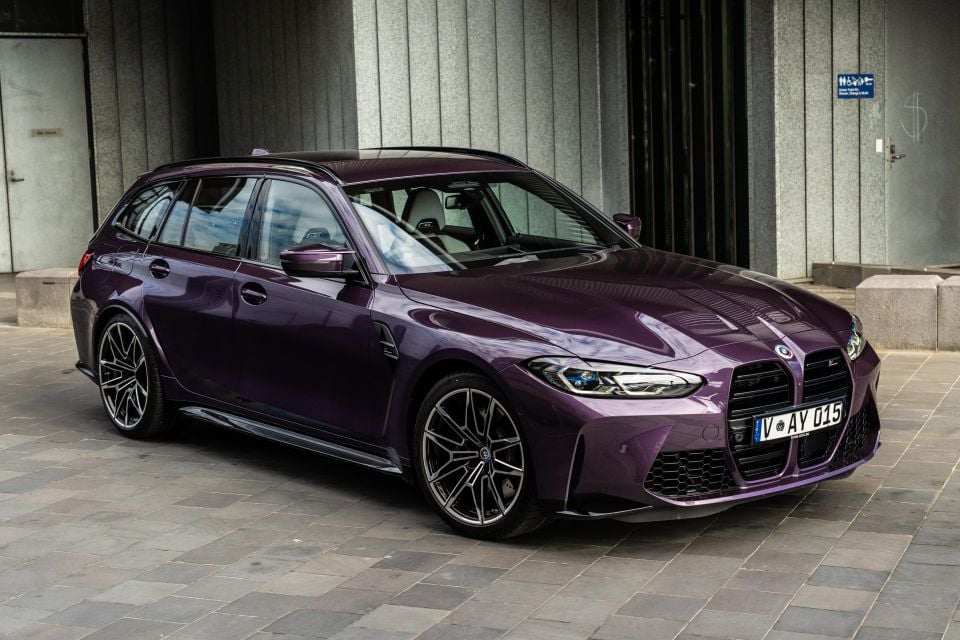
Asked whether BMW M can maintain its soul and character as it shifts towards electrification, Mr van Meel says the brand has made substantial changes in its history and each time they were initially met with trepidation but eventually proved to be the right call.
“What is really important, but about M is the overall impression and the feeling that you get when you drive the cars… what you feel when you’re driving and car actually is that precision, that dynamics and that agility, even if you’re not on a track, if you drive, if you’re in inner city driving, if you turn the steering wheel, the car actually is like a razor blade, it drives where you want it to and that already causes a lot of joy,” he said.
“If you look at the M3, we always have discussions, when we change the drivetrain, we had a four-cylinder when we started, then we had a six-cylinder, eight-cylinder high-revving engine, every time there was a huge outcry, ‘you can’t do that the engine is getting heavier, you have a different weight distribution’.
“Then we changed to a six in the turbocharged engine, same discussion, ‘if you’re not naturally aspirated [no one will buy it], you have lag, let’s say a terrible hole somewhere in the top. This will never be racing again’.
“But every time the new car was better than the previous one and everyone is really happy. And that will be the story with the electric, with the electrification as well.”
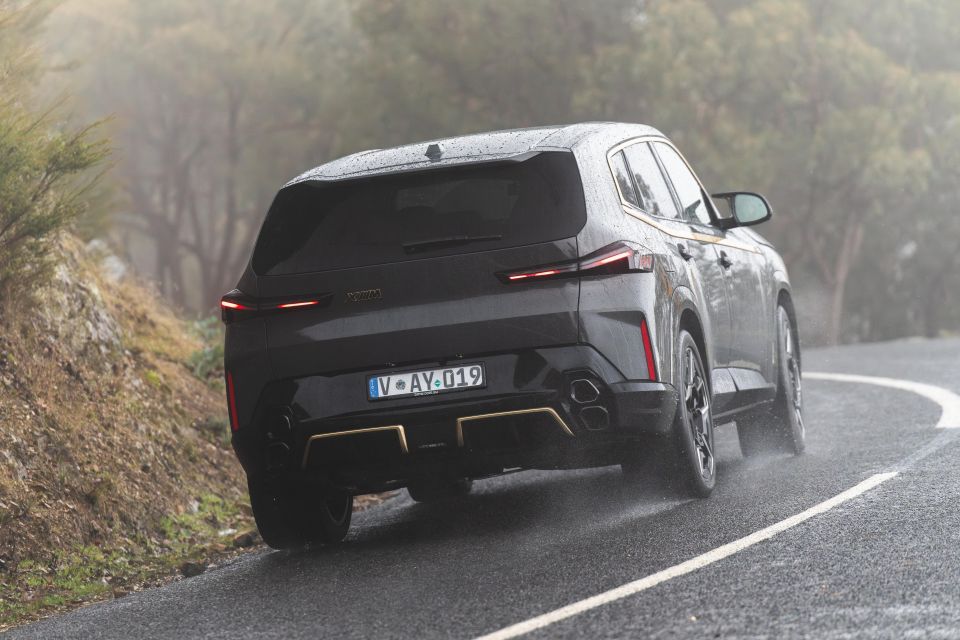
As for what role the ‘engine sound’ will play in the future generation of pure electric Ms, Mr van Meel insists it has to remain an integral part of the experience, regardless of its authenticity.
“Of course sound will play a role in that. But it’s not a make-or-break thing. It has to be there because you need it in this feedback loop that you also have in a race car,” he said.
“When you’re on the track, you don’t have the time to look at your speedometer. The only thing you see from the corner of your eyes are the shifting lights. And then you know which gear you’re in and you hear the rest. And you feel the vibration so you know how fast you actually are…
“We need a feedback loop that includes all these haptic or acoustic feelings. So that will be in our cars as well. But it is not the main thing. The main thing is it has to feel it, it has to drive like an M car and that’s what our customers told us over the past years.”
The absolute majority of BMW M customers, Mr van Meel says, don’t actually care what drivetrain is their vehicle, so long as the experience is what they expect.
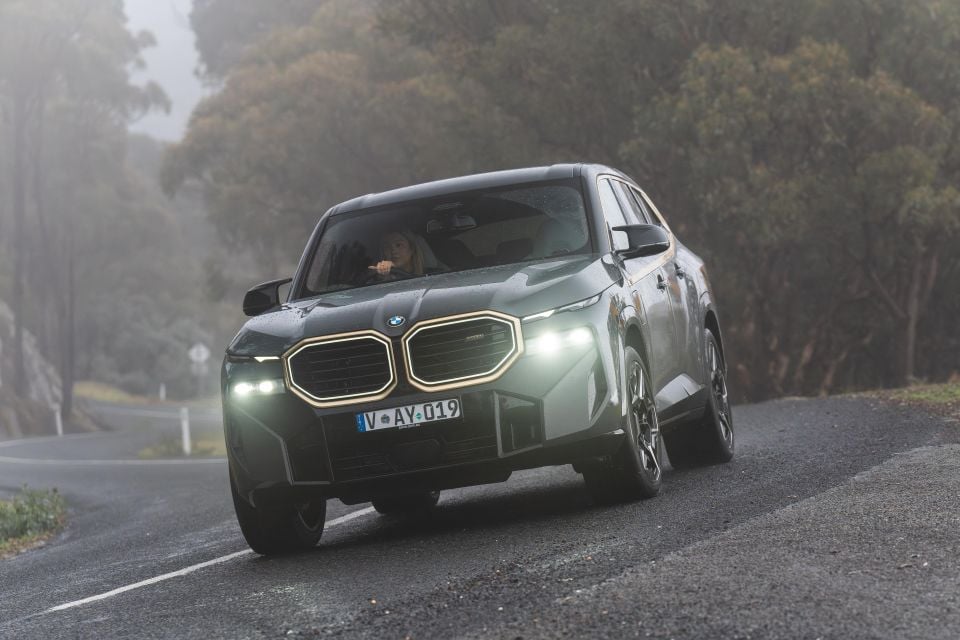
“We’ve been asking them the same question for a long time during our driving experiences, driver training sessions, etc and most of the people, I think that 95 per cent of all of our customers said, ‘I don’t care what kind of drive train is in the car, as long as it feels like an M, and you have to deliver that as M’,” he said.
“Of course, there are some people who say ‘if there’s not a V8 or six-cylinder inline engine in the car, I won’t buy it’. But most of our customers, and that’s more than 95 per cent, at least the ones we questioned, say as long as the [car] drives like an M, feels like an M I don’t actually care.”
Australia is the fifth largest market for BMW M, which Mr van Meel jokingly called ‘crazy’ given the population size, and the feedback of customers here has also had an impact on the production of future M vehicles.
Only time will tell if BMW M can match its current crop of benchmark performance cars as it moves towards further hybridisation and then eventual full electrification.
Tell us in the comments below if you’re one of the 95 per cent who don’t care about the drivetrain or the (very) loud five percent who do.
Where expert car reviews meet expert car buying – CarExpert gives you trusted advice, personalised service and real savings on your next new car.
Alborz Fallah is a CarExpert co-founder and industry leader shaping digital automotive media with a unique mix of tech and car expertise.


Max Davies
5 Hours Ago


William Stopford
21 Hours Ago


Ben Zachariah
22 Hours Ago


Derek Fung
23 Hours Ago


Matt Campbell
1 Day Ago


William Stopford
2 Days Ago